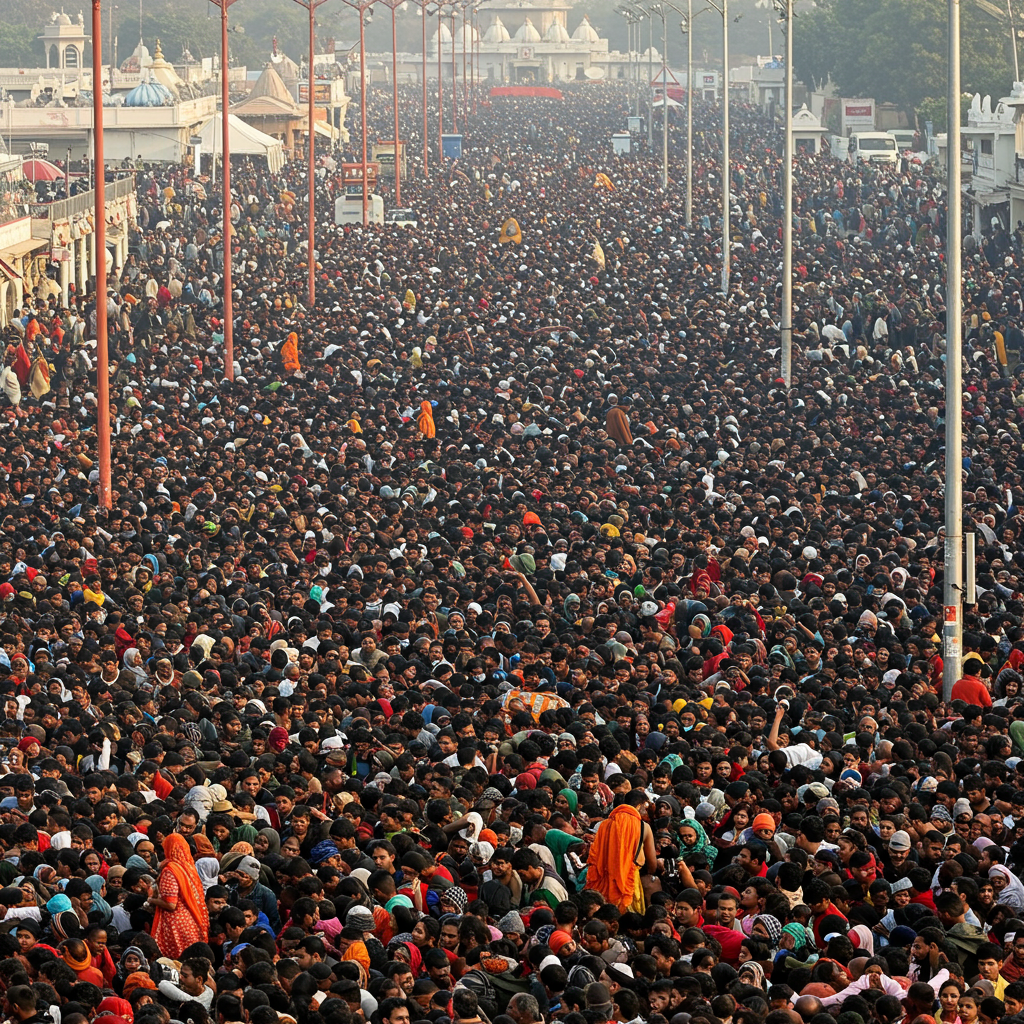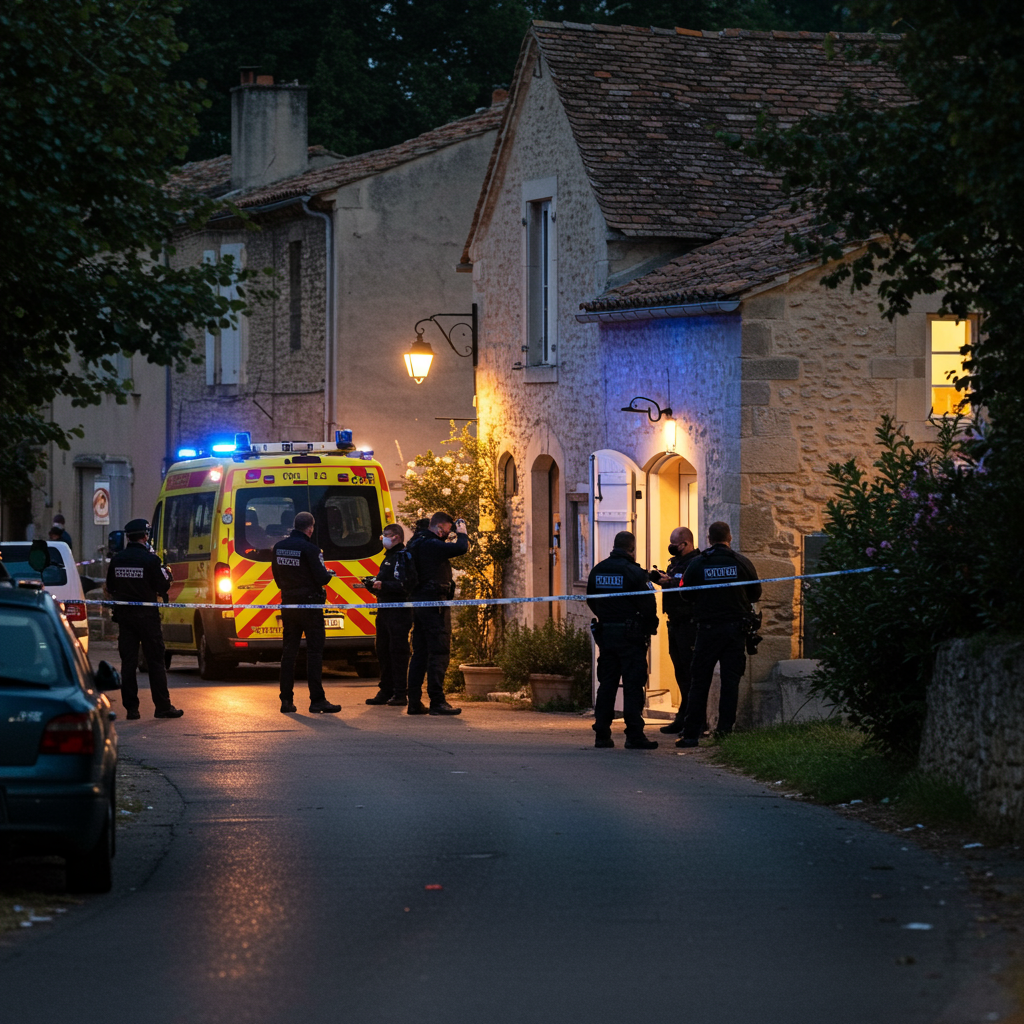Anticipation is mounting in the Middle East as President Donald trump signals that a critical response from hamas regarding a proposed ceasefire and hostage deal in Gaza is imminent. The potential agreement, which has seen intense negotiation efforts, aims to halt fighting and facilitate exchanges after months of devastating conflict. Trump’s recent statements have heightened expectations, suggesting a decision could arrive sooner rather than later, potentially within hours.
This development follows Qatar presenting an updated proposal to both Israel and Hamas. Israel reportedly accepted the framework earlier this week. Now, the focus shifts entirely to Hamas, which has indicated it will announce its official position after consulting with various Palestinian factions. The exact timeline for these internal discussions remained unclear, but the U.S. President’s projection places the expected response very soon.
Trump Elevates Expectations for Hamas Decision
President Trump has actively pressed for a resolution to the prolonged hostilities in Gaza. Speaking on Thursday, he conveyed a sense of urgency around the latest proposal, stating that he expected Hamas’s answer “over the next 24 hours.” This public pronouncement serves to create immediate pressure and underscores the critical nature of the current negotiation phase.
The potential for a temporary truce has been a consistent focus of international diplomacy. Trump previously commented that Israel had agreed to the necessary terms for a 60-day cessation of hostilities. He took to social media to directly address Hamas, urging them to accept the presented deal. His message was stark: “I hope, for the good of the Middle East, that Hamas takes this Deal, because it will not get better — IT WILL ONLY GET WORSE.” He also acknowledged the mediating roles played by Qatar and Egypt in advancing the peace effort.
Inside the Proposed Gaza Ceasefire and Hostage Exchange
The core components of the latest ceasefire proposal largely echo previous attempts but include specific refinements designed to address stumbling blocks. At its heart is a temporary pause in fighting, structured to last for 60 days. A key objective is the exchange of remaining hostages held by Hamas for Palestinian prisoners and detainees held by Israel.
Under the proposed terms, the release of hostages would be phased over the entire 60-day period, rather than concentrated at the beginning. This pacing was reportedly included as a concession to Hamas demands. The plan specifically calls for the release of 10 living Israeli hostages and 18 deceased hostages.
On the initial day of the ceasefire, eight living hostages would be released by Hamas. In return, Israel would release an unspecified number of Palestinian prisoners. Simultaneously, Israeli forces would withdraw from pre-agreed areas in northern Gaza. A further withdrawal from parts of southern Gaza would occur around the seventh day, coinciding with the release of some deceased hostages.
A notable detail of the proposal is the stipulation that hostage releases would occur without public ceremonies or fanfare. This contrasts with previous truces where Hamas staged events around transfers, which drew significant criticism in Israel.
Humanitarian Aid and Post-Truce Negotiations
A critical element of the deal is the immediate increase in humanitarian aid flowing into Gaza from the moment the ceasefire begins. This aid would involve supplies from the United Nations and various international organizations, similar to arrangements during a previous temporary truce. The humanitarian crisis in Gaza has been a major point of international concern throughout the conflict.
Crucially, the agreement envisions that Israel and Hamas would immediately enter negotiations for a permanent ceasefire once the initial 60-day truce takes effect. This mechanism aims to use the temporary calm as a bridge toward a more lasting resolution, although achieving a permanent peace remains a significant challenge.
Approximately 50 hostages are believed to remain in Gaza, with estimates suggesting at least 20 are still alive. The proposal outlines the release of the final two living hostages around the fiftieth day. The deceased hostages would be released in stages: five on days seven and thirty, and the remaining eight on the final day of the temporary truce.
Potential Flexibility and Sticking Points Emerge
Reports, including from the Saudi news outlet Asharq, suggest Hamas might be prepared to show some flexibility on previously contentious issues. This could involve concessions related to disarmament, potentially agreeing to halt weapons smuggling and manufacturing, and even allowing some existing weaponry to be moved to secure storage outside their control.
Another area of potential compromise mentioned is the issue of Hamas leadership exile. While Israel has previously demanded the deportation of leaders, Hamas might agree to a “symbolic” number of officials being exiled.
Perhaps the most significant potential shift relates to the future governance of Gaza. Asharq reported that mediators indicated Hamas is ready to relinquish direct governance of the enclave. However, this readiness comes with a major condition: Hamas insists on retaining control over law enforcement functions during a transitional phase. This demand presents a significant hurdle, as Israel is reportedly highly unlikely to accept Hamas maintaining any role in public administration or security within Gaza. Israeli sources have repeatedly stressed the objective of dismantling Hamas’s governing and military capabilities. Hamas, however, argues it remains the entity best positioned to understand Gazan society and maintain order, particularly following the extensive damage and disruption caused by the conflict.
Trump’s Personal Guarantee and Israel’s Stance
Adding unique weight to the latest proposal is a reported personal guarantee from President Trump. This commitment is expected to focus on ensuring that negotiations over the terms for ending the war will continue even after the initial 60-day temporary ceasefire concludes. The formulation suggests Trump would “do everything in [his] power to help the parties reach an agreement on the terms of a permanent ceasefire.”
This personal backing from a U.S. President is seen as a significant incentive for Hamas. However, Israeli sources have publicly maintained that Israel will not commit in advance to permanently refraining from renewing fighting if negotiations were to break down after the temporary truce. This divergence highlights a fundamental tension regarding the long-term outcome of the conflict.
The Israeli government, under Prime Minister Benjamin Netanyahu, has continued to hold meetings with high-ranking ministers to discuss the intricate details of the proposed agreement, even after reportedly accepting its outline. This indicates that the finalization of the deal and its implementation are complex processes requiring careful consideration of all aspects.
A Hostage Family’s Plea
Amidst the high-level negotiations, the human impact of the conflict remains paramount. Edan Alexander, an Israeli-American who was previously held hostage, met with President Trump in Washington. Following the meeting, a statement from the Hostages and Missing Families Forum quoted Alexander expressing his deep concern that the ongoing fighting endangers the remaining captives. He reportedly told the President, “I fear continued fighting endangers the hostages and hope you can achieve another historic breakthrough — a comprehensive deal to free them all, all 50 hostages. You are the person who can make it happen.” This emotional plea underscores the urgency felt by families waiting for their loved ones’ return and places additional pressure on negotiators and political leaders involved.
If Hamas provides a positive response to the current proposal, Israeli officials have suggested that the implementation of the deal could potentially begin as early as next week. However, the inherent volatility of the situation and the complex demands from both sides mean the outcome remains uncertain until Hamas officially announces its decision. The world watches closely, hoping for a breakthrough that could bring a much-needed pause to the violence and pave the way for future peace talks.
Frequently Asked Questions
What are the key terms of the proposed 60-day Gaza ceasefire deal?
The latest proposal outlines a temporary 60-day cessation of hostilities in Gaza. Its primary components include a phased exchange where Hamas would release 10 living and 18 deceased Israeli hostages in stages over the two months. In return, Israel would release an unspecified number of Palestinian prisoners and detainees, and conduct phased withdrawals of its forces from certain areas within Gaza. The deal also mandates an immediate increase in humanitarian aid flow into the territory.
Where does Hamas stand on the latest ceasefire proposal, and what are their key demands or flexibilities?
Hamas has not yet given its official response, stating it is consulting with other Palestinian factions. While publicly silent, reports suggest potential flexibility from Hamas on issues like halting weapons smuggling and manufacturing, agreeing to the exile of a symbolic number of leaders, and potentially relinquishing governance of Gaza if they can retain control over law enforcement during a transition period. However, retaining security control is a significant sticking point unlikely to be accepted by Israel.
What role is Donald Trump playing in these ceasefire negotiations?
President Trump has taken a public role in boosting expectations for a deal, stating he anticipates Hamas’s response imminently, potentially within 24 hours. He has urged Hamas to accept the proposal, warning that it represents their best opportunity. Additionally, the latest proposal reportedly includes a personal guarantee from Trump to support continued negotiations for a permanent ceasefire after the initial truce, pledging to do everything in his power to help the parties reach a lasting agreement.
Conclusion
The fate of the proposed 60-day Gaza ceasefire and hostage exchange hangs in the balance as the international community awaits Hamas’s official response. Following Israel’s reported acceptance of the updated framework, pressure is mounting for Hamas to finalize its decision after internal consultations. The proposal details a phased release of hostages and prisoners, increased humanitarian aid, and lays the groundwork for potential negotiations toward a permanent peace. While key details regarding potential Hamas flexibility and Israel’s counter-positions on critical issues like future governance have emerged, the ultimate outcome rests on Hamas’s announcement. President Trump’s active role and personal guarantee add a unique dimension to this critical moment. The coming hours are pivotal in determining whether this latest diplomatic push can finally bring a temporary end to the fighting and offer a path towards a more durable peace.


